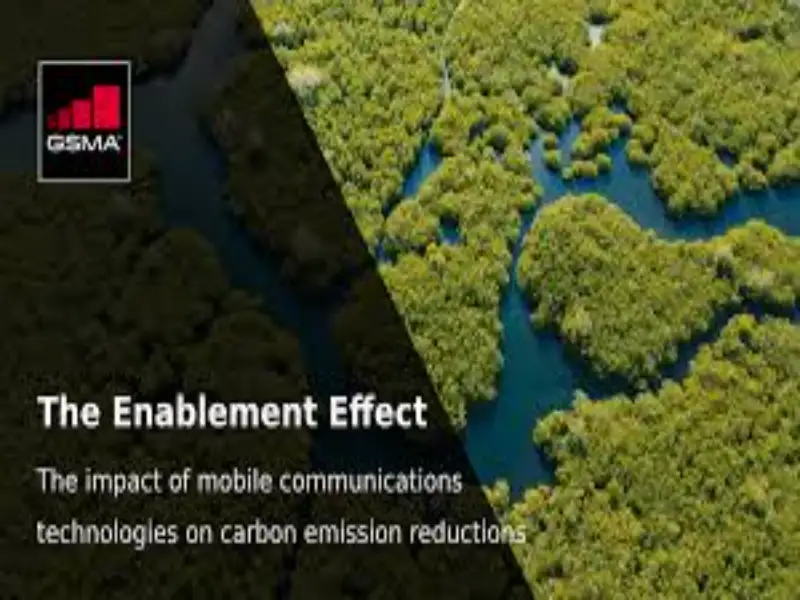- Mobile operators reduced Scope 1 and 2 emissions by 8% from 2019–2023, but must double the pace to halve emissions by 2030.
- Scope 3 supply chain emissions, making up 70% of the total, remain a critical challenge for the sector’s net-zero ambitions.
What happened: GSMA warns mobile industry emissions aren’t falling fast enough
The GSMA’s latest Mobile Net Zero report shows that between 2019 and 2023, mobile operators reduced Scope 1 and 2 emissions by 8%, now amounting to 125 million metric tonnes CO₂e—about 0.2% of global greenhouse gas emissions. However, to meet the goal of halving emissions by 2030 as part of a broader target of net zero by 2050, the industry must roughly double its current pace. Between 2019 and 2023, 70% of emissions came from supply chains (Scope 3), totalling approximately 290 million tonnes CO₂e.
While regions like Europe and the Americas saw sharp reductions—Europe achieved nearly a 60% drop per connection and North America halved emissions—Asia Pacific lagged behind, with only a 9% reduction and China even seeing an increase in emissions before modest cuts in 2024. The GSMA attributed improvements to the shutdown of legacy networks, reduced diesel reliance, and increased adoption of renewables.
Also read: TM Forum and GSMA launch global API certification scheme
Also read: Gopal Vittal appointed GSMA board chair
Why it’s important
Although emissions are falling, the current rate is insufficient to meet climate targets. The GSMA emphasises the need to double the annual reduction rate and improve policy measures, renewable energy access, and supply chain collaboration. The industry’s heavy dependence on supply chain emissions highlights an area where collective action is essential. Without accelerated effort, the mobile sector risks falling behind in global decarbonisation efforts and missing its own sustainability goals.

